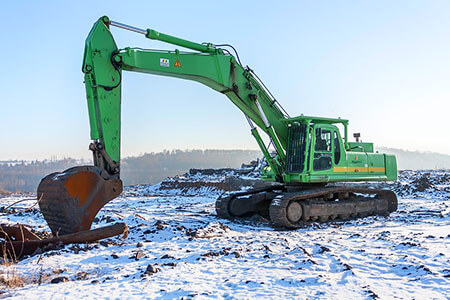3 | Volume and Compressibility of Solids, Liquids and Gases
Volume and Compressibility of Solids, Liquids and Gases
- Volume refers to the amount of space something occupies.
- Compressibility refers to whether a substance can be forced to occupy a smaller volume.
Solids
- Imagine if you could change the shape of a solid by squishing it (think of plasticine, for example). Regardless of what shape you made it, and regardless of how hard you squished it, you couldn’t make the plasticine take up less space.
- We can therefore say that solids have a fixed volume.
- In other words, solids cannot be compressed to take up less space.

Bricks would be less useful if they could be squashed and made smaller.
(Image: railyaal, Pixabay)
Liquids
- Imagine a water balloon that doesn’t burst when you squish it. Similar to the plasticine example, regardless of how hard you squished it, you couldn’t make the water balloon take up less space.
- We can therefore say that liquids have a fixed volume.
- In other words, liquids cannot be compressed to take up less space.

Hydraulics, as seen here on this excavator, utilises the incompressibility of liquids.
(Image: darkShadow, Pixabay)
Gases
- Imagine you are in a room and at the other end of the room there is an LPG gas bottle. If the gas bottle starts to leak, you will eventually smell the gas, regardless of where you are in the room.
- This is because the gas that escaped from the bottle has expanded to fill the room. This is the opposite process to that which took place when the gas was forced into the bottle when it was filled.
- We can therefore say that gases have a variable volume.
- In other words, gases can be compressed to take up less space.

Scuba tanks contain compressed air, which allows divers to breathe under water.
(Image: FonthipWard, Pixabay)

